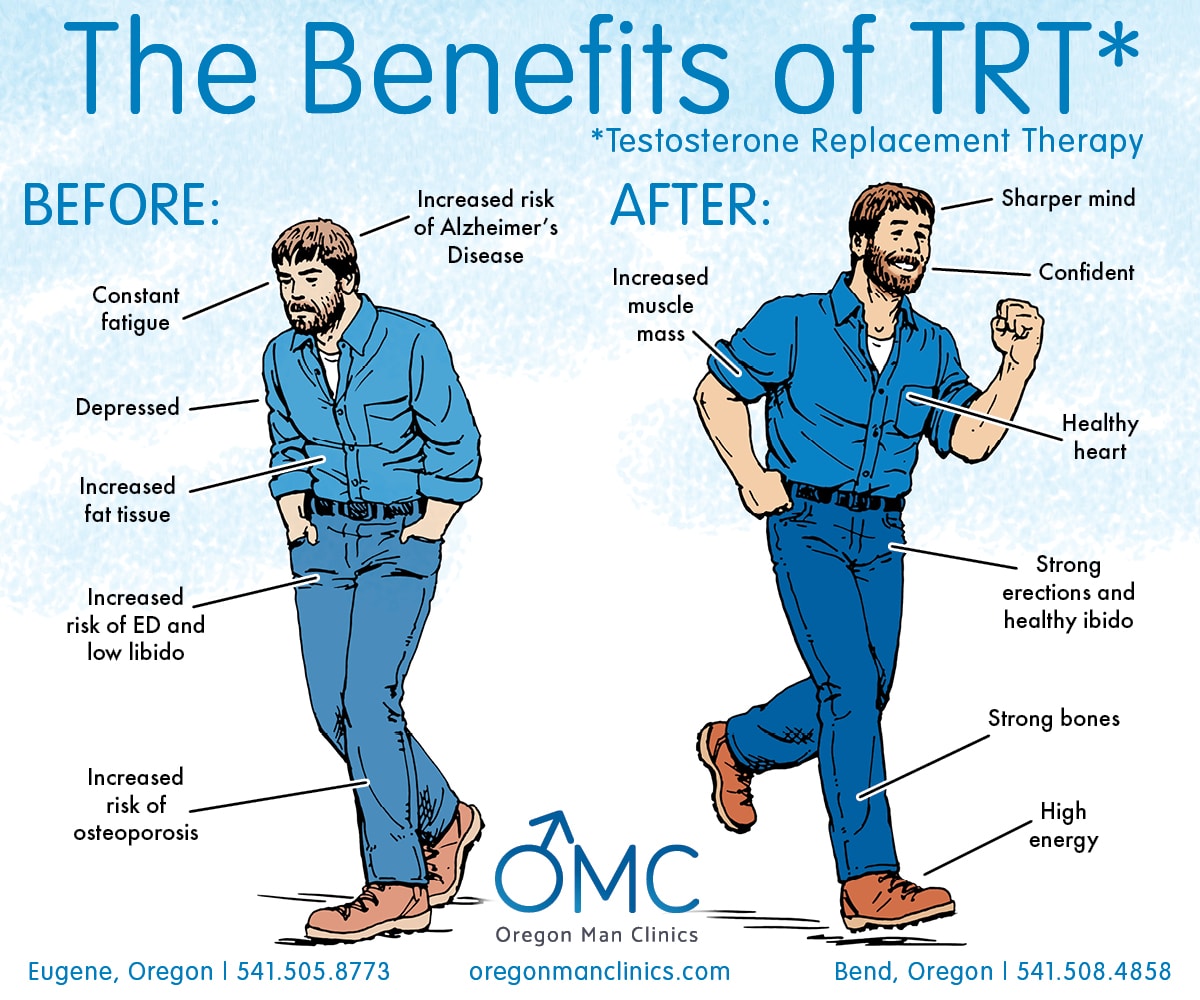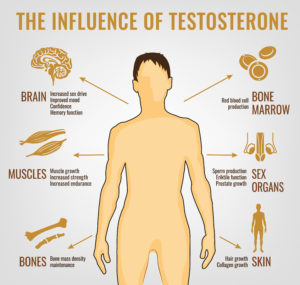Low testosterone levels can result in many different symptoms such as for example fatigue, low libido, depression, and difficulty building muscle mass. For men experiencing these symptoms, testosterone replacement therapy (TRT) may be an option to cut back symptoms and improve overall quality of life. This blog post will give you a comprehensive understanding of testosterone doctor, including its benefits and risks, how it works, and what to expect if you decide to undergo this therapy.

What is Testosterone Replacement Therapy?
Testosterone replacement therapy is really a medical treatment that involves replacing testosterone in men with low levels of the hormone. TRT may be administered through various routes including injections, patches, gels, and pellets. The target of the therapy is to improve testosterone levels to an ordinary range and reduce symptoms associated with low testosterone.
Advantages of Testosterone Replacement Therapy
TRT can improve a number of symptoms connected with low testosterone levels. Benefits include increased muscle mass, reduced excess fat, improved mood and cognitive function, and increased bone density. Men who undergo TRT could also experience a growth in libido and improved sexual function. TRT may also be a highly effective treatment for guys with infertility, particularly in cases when low testosterone levels are contributing to infertility.
Risks of Testosterone Replacement Therapy
While testosterone replacement therapy provides many benefits, there's also risks associated with the therapy. Increased threat of prostate cancer, sleep apnea, and blood clots are some risks related to TRT. It is essential to truly have a thorough medical evaluation ahead of starting TRT and to monitor testosterone levels and symptoms through the entire course of therapy.
How Testosterone Replacement Therapy Works
TRT functions by supplementing the body with testosterone, which is a hormone manufactured in the testicles. Testosterone helps maintain bone density, muscle mass, and sex drive in men. TRT could be administered through a number of routes such as for example injections, patches, gels, and pellets. The sort of TRT used depends on the average person and their overall health status.
What to Expect with Testosterone Replacement Therapy
Prior to starting TRT, a thorough medical evaluation should be conducted, including blood tests and an actual exam. This evaluation is important to make sure that TRT is really a safe and effective option for the individual. Once TRT is initiated, monitoring of testosterone levels and symptoms will undoubtedly be necessary to find out if the therapy is effective. Dosing of TRT will be individualized centered on factors such as age, weight, and overall health. It is very important to discuss any concerns or questions along with your healthcare provider through the span of therapy.

Conclusion:
Testosterone replacement therapy can be an effective treatment for men with low testosterone levels. TRT can improve symptoms such as fatigue, low libido, and depression, while also increasing muscle tissue and bone density. However, it is important to truly have a thorough medical evaluation ahead of starting TRT and to monitor testosterone levels and symptoms through the entire span of therapy. While TRT can offer many benefits, there's also risks related to the therapy, including an elevated threat of prostate cancer, sleep apnea, and blood clots. As always, it is very important to talk about any concerns or questions together with your healthcare provider before beginning any new medical treatment.
